Pilates springs introduction and application
Elevate your Pilates practice with our premium Nickel-Plated Piano Wire Pilates Springs, designed for optimal performance on Pilates reformers, Cadillacs, and Wunda Chairs. Whether you need leg springs, arm springs, or body springs, our high-quality Pilates resistance springs cater to all equipment, including Pilates Towers, Springboards, and Wall Units. Explore our Custom Pilates Springs to enhance strength, flexibility, and control.

Pilates Equipments
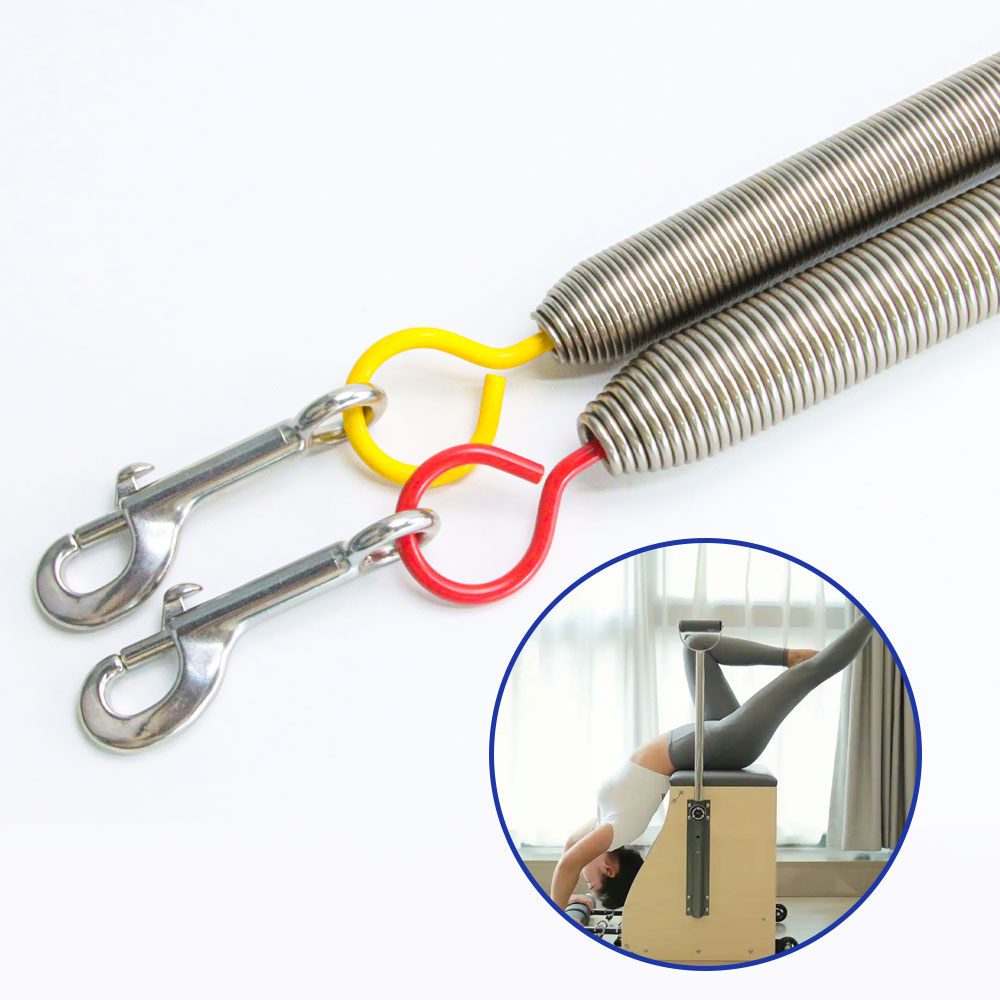
Wunda Chair
Number of springs: 2-4
Color & resistance level:
Yellow – Light resistance
Red – Heavy resistance
Common configurations:
Standard configuration: 2 springs (1 Yellow + 1 Red)
Adjustable version: 4 springs (2 Yellow + 2 Red)
The Wunda Chair is suitable for core stability training and is equipped with fewer springs but adjustable strength.

Pilates Reformer
Number of springs: 5
Color & resistance level (may vary by brand, but usually as follows):
Yellow – Light resistance
Blue – Medium-Light resistance
Red – Medium resistance
Green – Heavy resistance
Common combinations (taking Balanced Body as an example):
1 yellow spring (light)
1 blue spring (medium-low)
2 red springs (medium)
1 green spring (heavy)
The Cadillac has a higher number of springs and is suitable for full-body training, especially rehabilitation training.
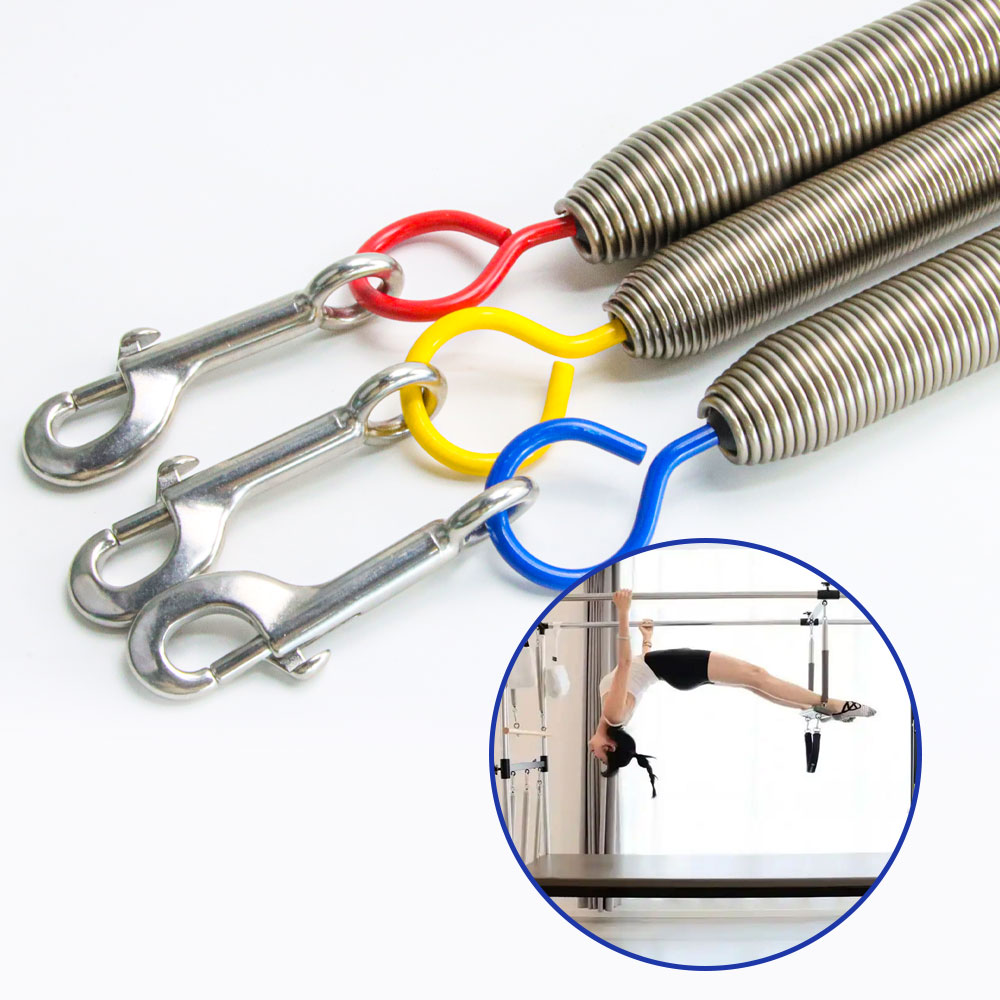
Cadillac
Number of Springs: 8-10
Color & Resistance Level:
Yellow – Light Resistance (for Arm/Shoulder Training)
Blue – Medium Resistance (often used for Leg Training)
Red – High Resistance (Deep Core Training)
Common Configurations:
2 Arm Springs (Yellow/Light)
2 Leg Springs (Blue/Medium)
2 Push-Through Bar Springs (Red/Heavy or Blue/Medium)
2 Roll-Down Bar Springs (Yellow/Light)
2 Trapeze Springs (optional Red/Heavy)
Cadillac has a higher number of springs and is suitable for full body training, especially rehabilitation training.

Springboard
Number of springs: 4-6 (can be increased or decreased according to training needs)
Color & resistance level:
Yellow – light resistance (suitable for upper body and shoulder training)
Blue – medium resistance (suitable for full body resistance training)
Red – high resistance (enhance core strength)
Common configurations:
2 Yellow / Light (Roll-Down Bar)
2 Blue / Medium (arm or leg training)
2 Red / Heavy (high-intensity resistance)
Springboard is suitable for wall mounting and takes up little space, suitable for home or small Pilates studio
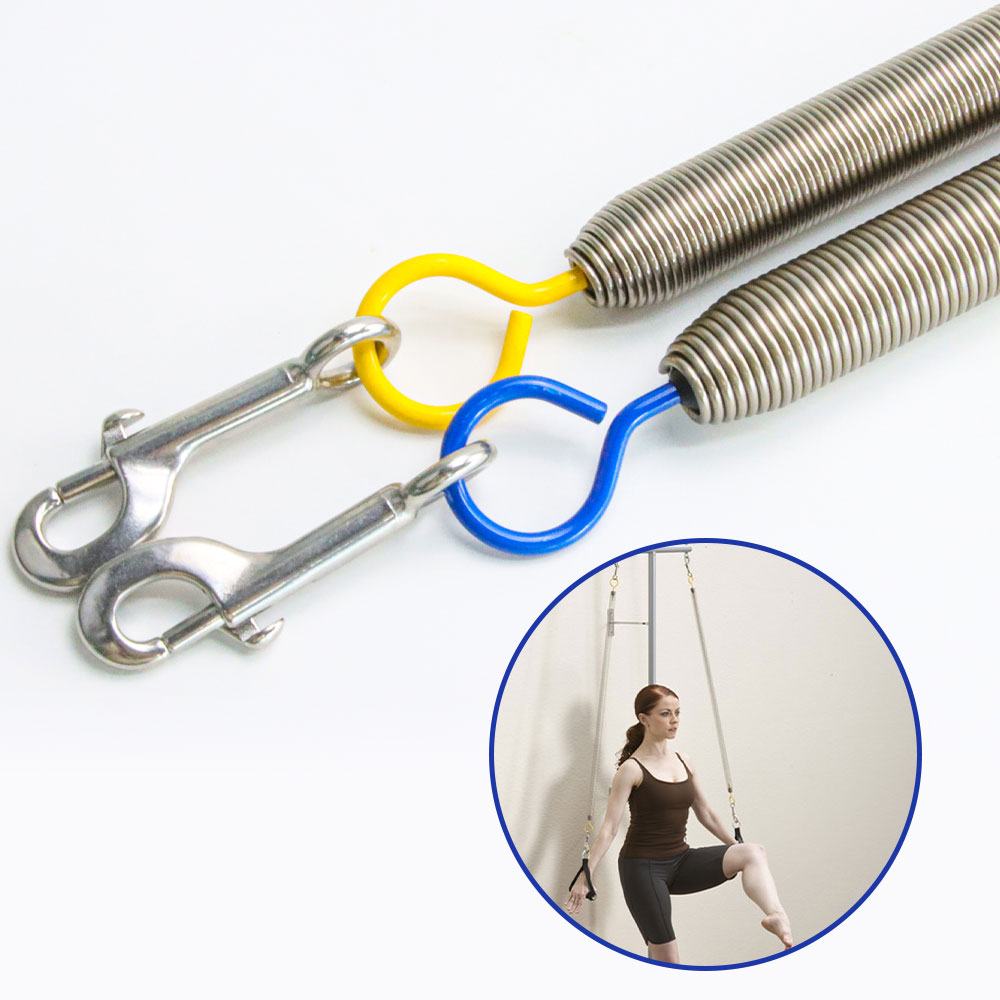
Ped-o-Pul
Number of Springs: 2
Color & Resistance Level:
Yellow – Light (Shoulder & Upper Body)
Blue – Medium (Core & Balance)
Common Configurations:
1 Yellow / Light (for gentle training)
1 Blue / Medium (for increased resistance)
The Ped-o-Pul is primarily used to improve posture, balance, and shoulder stability, with fewer springs but more effective training.

Pilates is a type of mind-body exercise developed in the early 20th century by German physical trainer Joseph Pilates, after whom it was named. Pilates called his method "Contrology"

How to understand Pilates instrument spring settings
Managing the spring setup of Pilates instruments requires balancing skills, as these springs not only provide stability but also have certain safety features. Therefore, Pilates springs are both an important part of safety and an auxiliary component to enhance the function of the instrument.
Whether you are using a traditional or modern Pilates device, the spring setting may vary
Depending on your device, the spring setting depends on the total resistance brought by the color-coded springs you choose or the number of added springs.
When setting up your Pilates spring settings, consider the following factors:

Exercise Type
Different exercises have different resistance requirements, heavier or lighter springs can make the exercise more challenging.
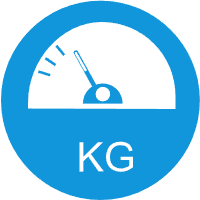
Weight
Weight will determine how much resistance you need to maintain balance in your body.

Strength/Experience
The spring setting and weight resistance of each Pilates device differs, which determines the amount of resistance required for each exercise.

Equipment
The spring setting and weight resistance of each Pilates device differs, which determines the amount of resistance required for each exercise.
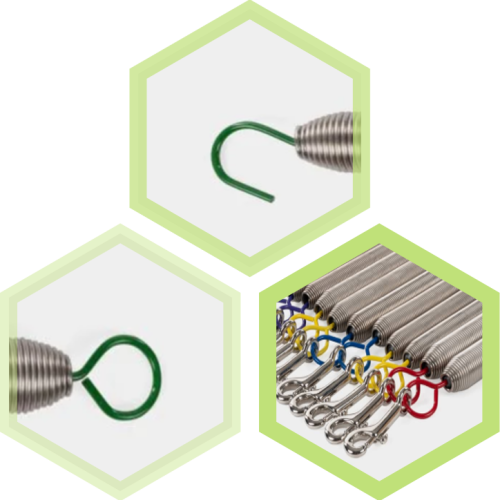
Application of different sizes Pilates springs
Pilates springs have different ends for different equipments
- Pilates Reformer: it’s open hook on one side, and closed hook on another side.
- Pilates Chiar: it’s closed hook for both side. Pilates
- Cadillac: it’s closed hook and snap hook for both side.
Other Details


- When closing the edges, ordinary products only press the outermost circle, while Hengsheng products press 3 circles manually. It is more solid and greatly reduces the risk of hooks falling off and injuring people.
- Inventory is packaged separately with desiccants.
- A thorough manual inspection covers size, appearance, and ultimate tensile strength.
- The end of the open hook is protected with a plastic sleeve to prevent scratches.

Pilates Spring Force
Accomplishments
- Durability: High-quality springs undergo high-strength tensile tests and will not deform or lose elasticity due to long-term use.
- Surface treatment: Zinc or chrome plating can prevent rust and extend service life.
- Rebound speed: A good spring should quickly return to its original shape after being released, without lag or relaxation.
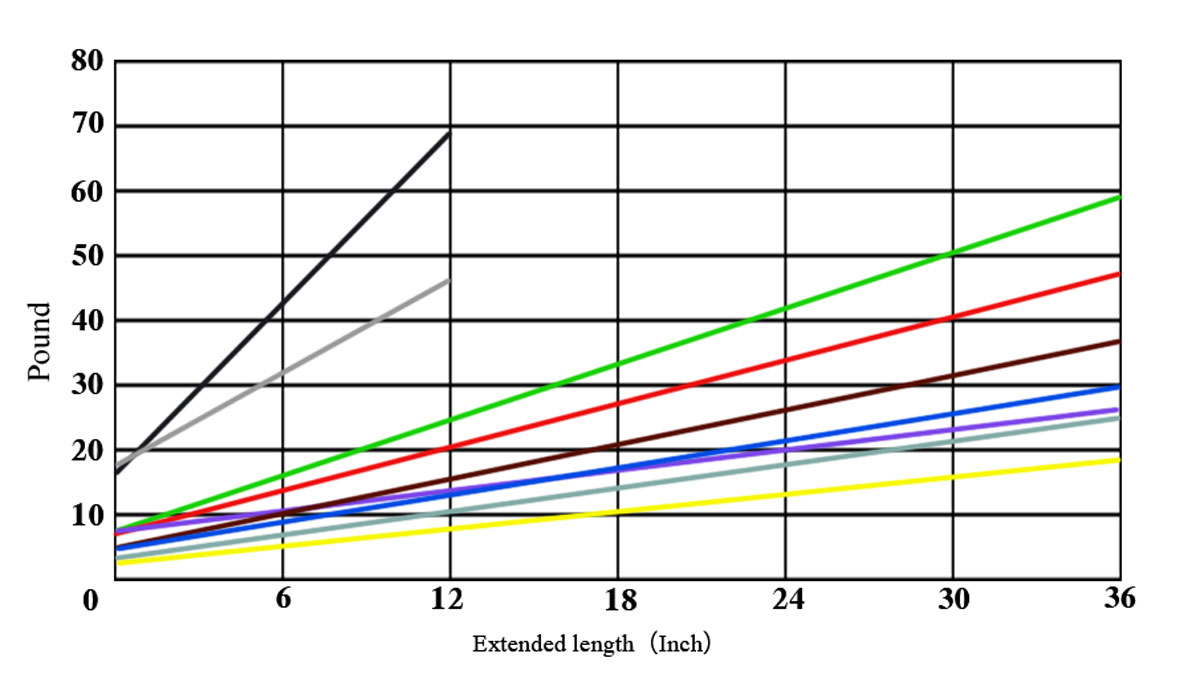
Maintenance and replacement of Pilates springs
When do you need to replace the spring?
- The spring is obviously loose or loses its elasticity and cannot provide stable resistance.
- There are abnormal sounds during use (such as metal friction and spring twisting).
- There are rust or cracks on the surface of the spring, which affects the tensile strength.
Correct storage and cleaning methods
- Avoid humid environments: Springs are prone to rust and should be stored in a dry and ventilated place.
- Wipe regularly: Use a dry cloth to wipe the surface to prevent dust and sweat from corroding the metal.
- Use lubricants: Apply anti-rust lubricants appropriately to reduce wear.
Prevent safety hazards during use
- Check the fixing device: Make sure the spring is firmly installed to avoid falling off or rebounding during use.
- Correct operation: Avoid sudden release during training, always control the rebound force of the spring to prevent accidental injuries.
- Replace in stages: If the equipment uses multiple springs, it is recommended to replace them gradually instead of all at once to ensure a stable training feel.

Fitness Trainer: Sarah
“I replaced the springs with high-quality stainless steel ones and found that they are more resilient and remain stable after long periods of use.”

Fitness enthusiast: Edwin
“The combination of springs with different gravity can effectively exercise different muscle groups.”
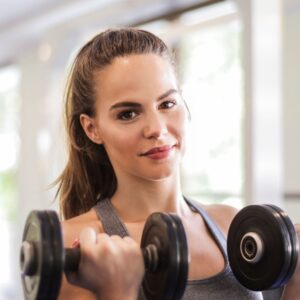
Recovering patient:Rachel
“Using the light resistance spring allows me to restore my knee joint to a safer position and control the stability of each movement.”
Get In Touch With Us!
Phone
+ 86 18575541790
yunyingl@hengshengspring.com
Address
Building 12, Liandong U Valley, Hongkuan 3rd Road, Yangxia Industrial Zone,FQ,Fuzhou city,FJ,350300,China
